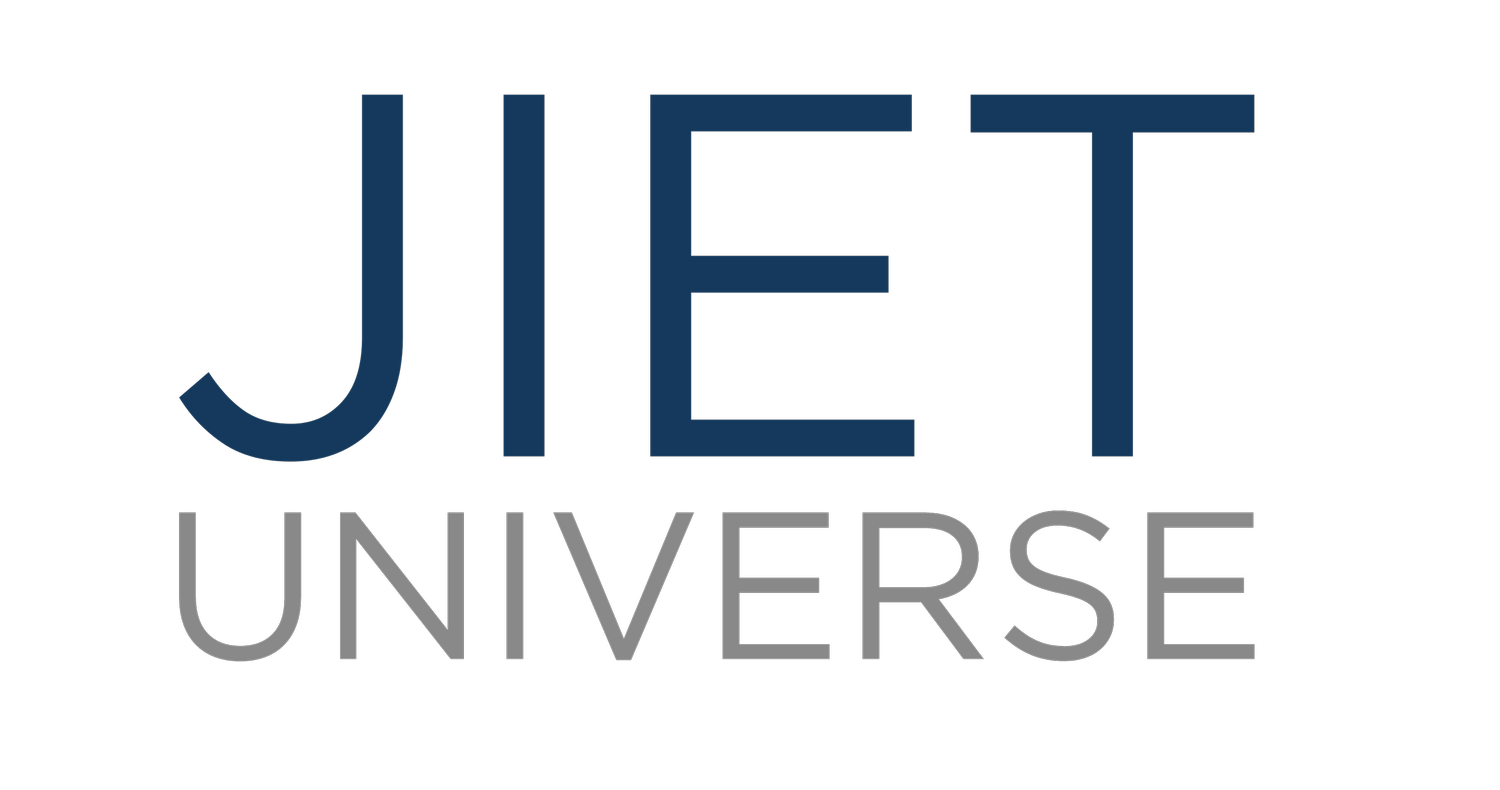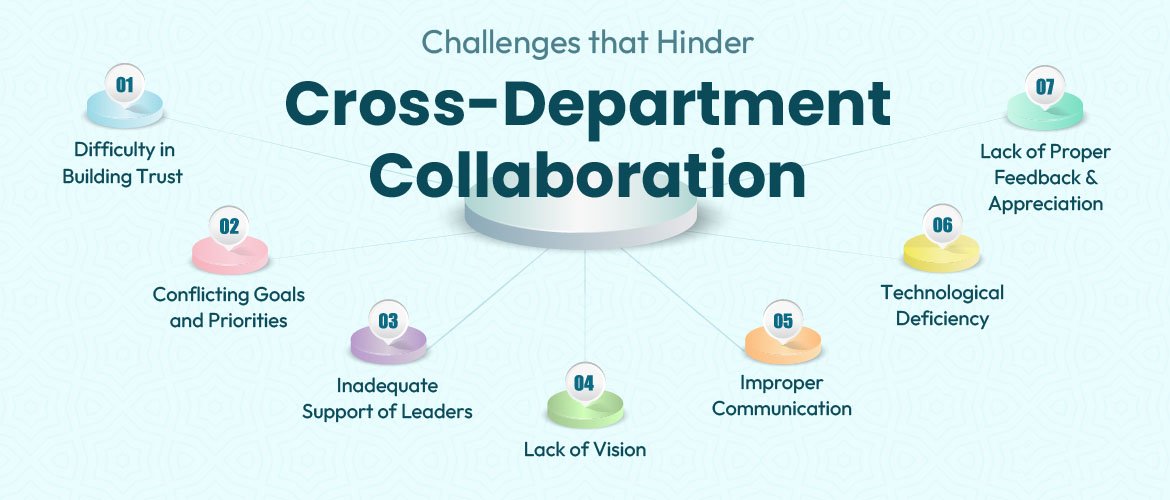Predictive Modeling: Techniques for Forecasting and Decision Making
Introduction:
Predictive modeling is a powerful technique that allows organizations to make informed decisions and forecasts based on historical data and patterns. In this blog post, we will explore the significance of predictive modeling in various industries and discuss popular techniques used for forecasting and decision-making.
Understanding Predictive Modeling:
At its core, predictive modeling involves using mathematical and statistical algorithms to develop models that can predict future outcomes. It leverages structured and unstructured data, which undergoes preprocessing and feature selection for optimal results. By analyzing patterns and relationships within the data, predictive models can provide valuable insights for businesses.
Common Techniques for Predictive Modeling:
There are several widely used techniques in predictive modeling. Linear regression is used for predicting numerical values, while logistic regression is suited for binary classification. Decision trees, random forests, support vector machines, and neural networks offer more complex modeling capabilities. Each technique has its own strengths and limitations, and the choice depends on the specific problem and available data.
Steps Involved in Predictive Modeling:
The process of developing a predictive model typically involves data collection, preprocessing, feature engineering, model selection, training, evaluation, and deployment. Data quality and proper feature selection play a vital role in the model's performance. Rigorous evaluation ensures the model's accuracy and reliability, while deployment involves integrating the model into the decision-making process.
Applications of Predictive Modeling:
Predictive modeling finds applications across various industries. In finance, it helps identify investment opportunities and assess risks. In marketing, it aids in customer segmentation and targeting. Healthcare utilizes predictive models for disease diagnosis and treatment planning. Other areas include supply chain optimization, demand forecasting, fraud detection, and sentiment analysis. Real-world success stories demonstrate how predictive modeling has transformed businesses and improved outcomes.
Challenges and Considerations:
Predictive modeling comes with its own set of challenges. When a model is overfitted, it works well with training data but poorly with fresh data, which is a common concern. Data quality, interpretability of complex models, and ethical considerations also need to be addressed. Adhering to best practices, utilizing proper validation techniques, and ensuring transparency in decision-making processes help mitigate these challenges.
Future Trends in Predictive Modeling:
The field of predictive modeling is constantly evolving. Emerging trends include machine learning automation, which streamlines the modeling process, and ensemble methods that combine multiple models for improved performance—deep learning for handling complex and unstructured data and techniques for model interpretability and explainability.
Conclusion:
Predictive modeling is a valuable tool for forecasting and decision-making. By leveraging historical data and advanced algorithms, organizations can gain insights into future trends, identify risks, and seize opportunities. As predictive modeling continues to evolve, it promises to revolutionize industries and drive business success through informed decision-making. And if you want to know more, you can visit JIET Universe Official website.



















